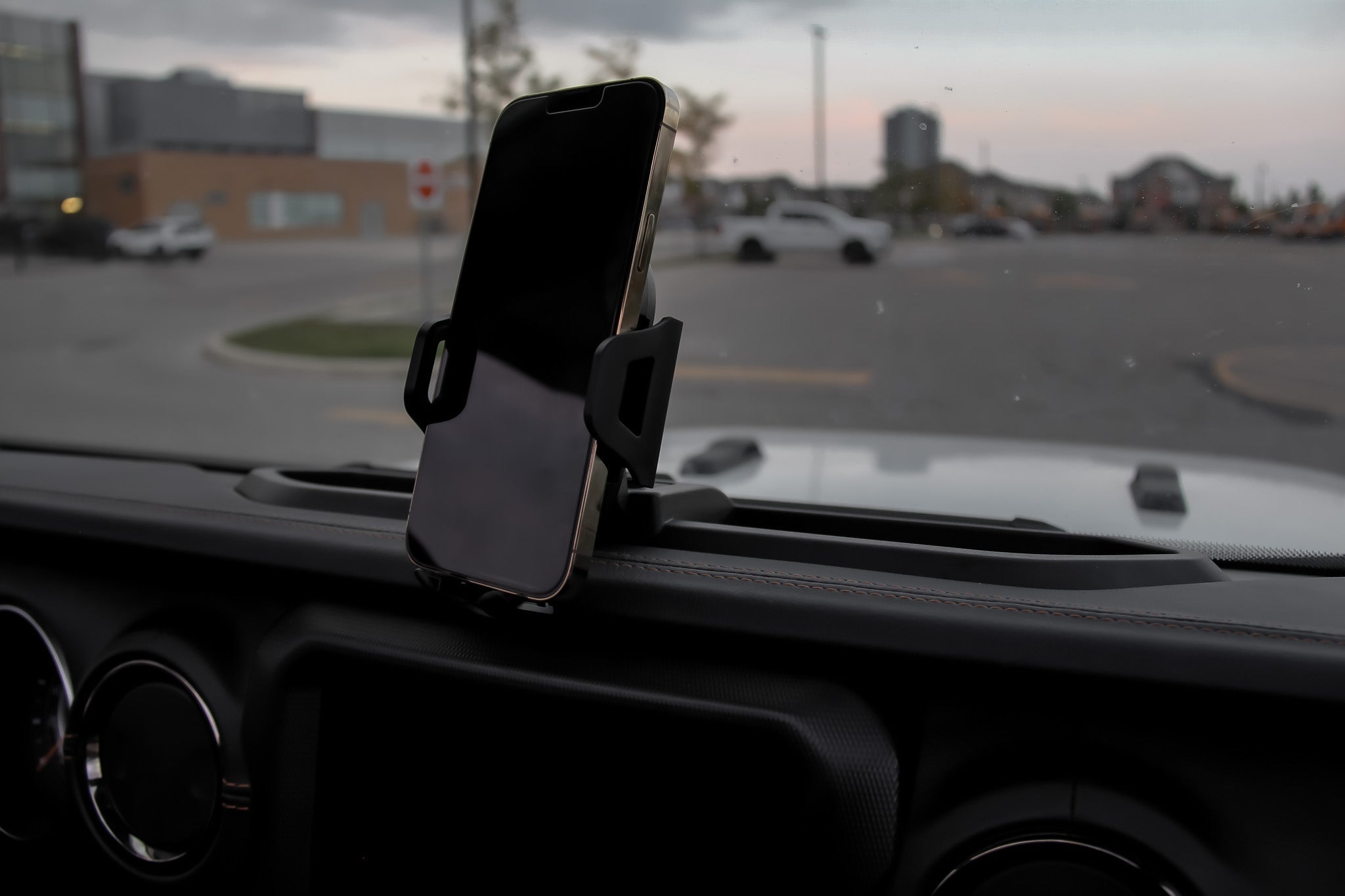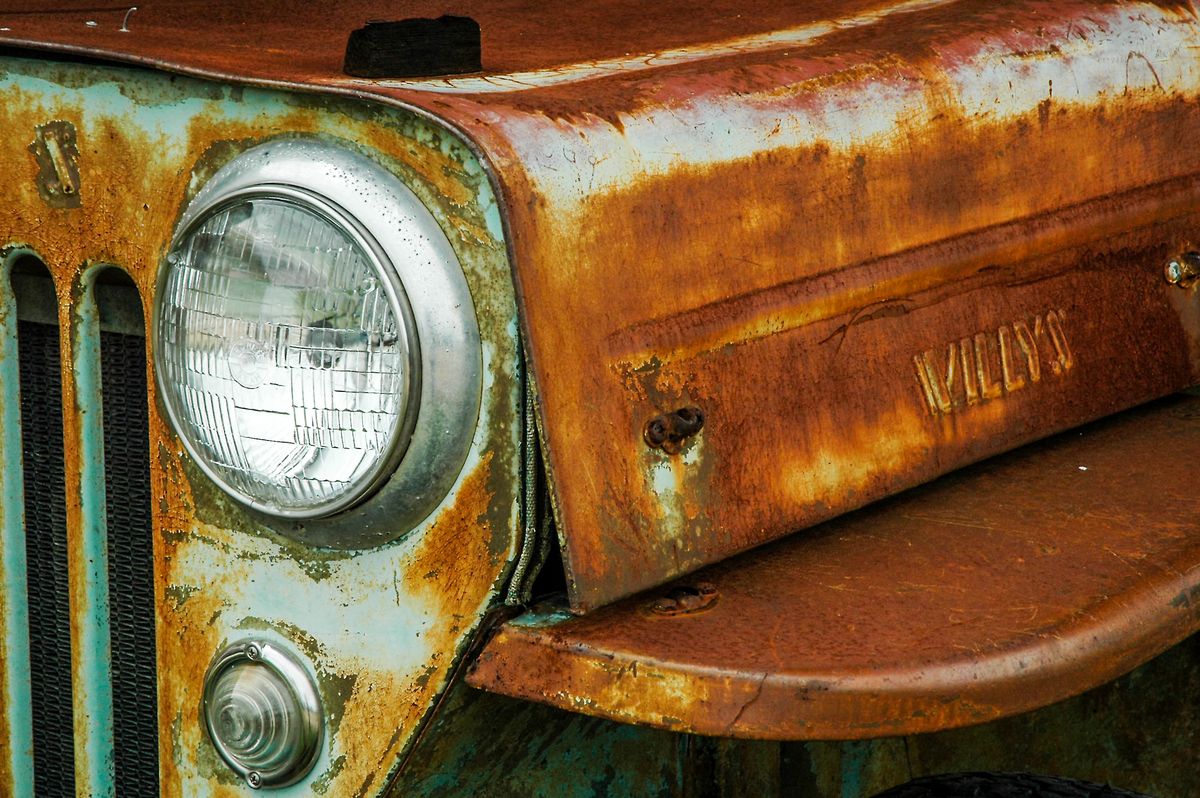Installing a snorkel on your Jeep Wrangler can greatly enhance its off-road capabilities by allowing it to safely traverse through water and dusty environments. This ultimate guide will walk you through selecting the right snorkel for your Jeep Wrangler and provide a detailed step-by-step installation process.
Key Takeaways
- Choose a snorkel made from durable materials for longevity and performance.
- Ensure the snorkel is compatible with your specific Jeep Wrangler model for a perfect fit.
- Follow the installation instructions carefully to avoid any issues during the process.
Choosing the Right Snorkel for Your Jeep Wrangler

Material and Construction
When selecting a snorkel for your Jeep Wrangler, the material and construction are crucial for ensuring durability and performance. Most snorkels are made from either high-grade plastics, such as polyethylene, or metals like stainless steel. Each material offers its own benefits in terms of weight, resistance to corrosion, and impact strength.
- Polyethylene: Lightweight, resistant to UV rays, and less prone to corrosion.
- Stainless Steel: Highly durable, superior impact resistance, and a sleek look.
It's important to consider the environment you'll be driving in. For instance, if you're frequently off-roading in areas with heavy brush or debris, a metal snorkel might be more resistant to damage. On the other hand, a plastic snorkel could be more suitable for less aggressive terrains and offers the advantage of being rustproof.
The right material choice will significantly affect the longevity and functionality of your snorkel, ensuring that it can withstand the elements and the rigors of off-road driving.
One popular option is the K&N Jeep Wrangler Series 63 AirCharger Cold Air Intake & Snorkel, which is known for replacing your Wrangler JK's performance-robbing stock with a more efficient airflow system. This highlights the importance of not just the material, but also the design and engineering behind the snorkel.
Compatibility with Jeep Models
Ensuring that the snorkel you choose is compatible with your specific Jeep Wrangler model is crucial. Compatibility is not universal, and selecting the wrong model can lead to installation issues or even damage to your vehicle. It's important to check the manufacturer's specifications for model year and engine type compatibility.
For example, the KUAFU High Mount Snorkel is designed for specific Jeep models. Here's a quick compatibility guide:
- 2018-2022 Jeep Wrangler JL
- 2020-2022 Jeep Gladiator 3.6L/2.0L
Always verify the snorkel's fitment with your Jeep's model and engine type to avoid any potential issues.
Remember that some snorkels may require additional modifications to fit certain Jeep models, especially if you have aftermarket accessories installed. It's best to consult with a professional or the snorkel manufacturer if you're unsure about the compatibility.
Installation Difficulty
When considering the installation of a snorkel on your Jeep Wrangler, it's essential to assess the difficulty level of the installation process. This can vary significantly depending on the snorkel model and your mechanical expertise.
- Beginner-friendly kits are available that require minimal modifications to the vehicle. These typically include detailed instructions and can often be installed with basic hand tools.
- Intermediate kits may require some drilling or cutting, which demands a higher level of skill and confidence.
- For the advanced DIYers, there are snorkels that necessitate extensive modifications, such as relocating engine components or custom fitting parts.
It's crucial to realistically evaluate your mechanical skills before attempting the installation. Overestimating your abilities can lead to mistakes that might compromise your Jeep's performance or safety.
Remember, the goal is to ensure that your Jeep gets cleaner air inside of the engine, which is a primary benefit of installing a snorkel. However, it's not just about water fording; proper installation is key to achieving the desired improvements.
Step-by-Step Installation Guide

Preparing Your Tools
Before diving into the installation of your Jeep Wrangler snorkel, it's crucial to gather all the necessary tools. Having the right tools at hand will streamline the installation process and prevent unnecessary interruptions. Ensure you have a basic toolkit that includes screwdrivers, pliers, a drill with various bits, and a saw for any cutting that may be required. Additionally, you'll need silicone sealant and rust inhibitor to protect your Jeep from the elements post-installation.
Here's a quick checklist to help you prepare:
- Screwdrivers (flathead and Phillips)
- Pliers
- Drill and drill bits
- Hole saw kit
- Silicone sealant
- Rust inhibitor
- Ratchet and socket set
Remember, taking the time to properly prepare your tools can save you time and frustration during the installation. It's better to have everything ready before you start than to find yourself in need of a tool mid-process.
Removing the Stock Air Intake
With the stock air intake removed, you're now ready to install your new snorkel. Ensure all necessary parts are accounted for before beginning the installation process. This is a crucial step to avoid any interruptions once you start.
Follow these steps to install the snorkel:
- Align the snorkel with the mounting points on your Jeep Wrangler.
- Secure the snorkel using the provided hardware, making sure it's tight and properly sealed.
- Connect the snorkel to the airbox, ensuring a snug fit to prevent any leaks.
- If your kit includes a pre-filter, attach it to the top of the snorkel.
It's important to double-check the seal around the snorkel and the airbox. A proper seal is essential to prevent water and debris from entering the engine.
After the snorkel is installed, inspect the entire system to ensure everything is properly aligned and secured. This will help prevent any issues during operation.
Installing the Snorkel
With the stock air intake removed, you're now ready to install the snorkel on your Jeep Wrangler. Begin by aligning the snorkel with the mounting points on your vehicle. It's crucial to ensure a snug fit to prevent water from entering the engine.
- Position the snorkel against the Jeep's body.
- Secure the snorkel using the provided hardware.
- Apply sealant around the base to create a watertight seal.
Ensure all connections are tight and sealed properly to avoid any leaks that could lead to engine damage.
After the snorkel is mounted, connect it to the airbox. This might require additional fittings or modifications depending on the snorkel model and your Jeep's specifications. Double-check all hose clamps and fittings for security.
The installation process typically takes around 2 hours and requires light to moderate mechanical skill. Refer to the manufacturer's installation guide for specific instructions and torque specifications.
Testing and Final Adjustments
Once you've installed your Jeep Wrangler snorkel, the final and most crucial step is to test its functionality. Start by visually inspecting the snorkel for any loose parts or misalignments. Then, proceed to a functionality test. This involves running the engine and checking for any unusual noises or vibrations that could indicate a problem.
Ensure that the snorkel is securely fastened and that there are no leaks where it connects to the air intake system. A leak-free seal is vital for the snorkel to perform effectively.
After the visual and functional tests, take your Jeep for a short drive. Pay attention to the engine's performance, especially during acceleration. If you notice any decrease in power or other issues, you may need to re-adjust the snorkel or check for obstructions in the air pathway. Remember, these factory fitted snorkels meet all durability tests and come complete with the full factory warranty, dispelling any fears of compromised quality.
Finally, it's advisable to check the snorkel's performance in water. Conduct a controlled water crossing in a safe environment to ensure that the snorkel provides the intended protection against water ingress. Keep in mind that while snorkels are designed to increase your Jeep's water-fording capabilities, they are not a guarantee against all forms of water damage. Always follow safe off-roading practices.
Conclusion
In conclusion, installing a Jeep Wrangler snorkel is a great way to enhance your off-road adventures and protect your engine from water damage. By following the steps outlined in this ultimate guide, you can confidently tackle water crossings and explore challenging terrains with peace of mind. Remember to always prioritize safety and proper installation to make the most of your snorkel upgrade. Happy off-roading!
Frequently Asked Questions
How do I know which snorkel is compatible with my Jeep Wrangler model?
You can check the manufacturer's specifications or consult with a professional to ensure compatibility with your specific Jeep model.
Is it necessary to install a snorkel on my Jeep Wrangler?
While not mandatory, a snorkel can provide several benefits such as improved engine performance, better fuel efficiency, and increased water fording capabilities.
Can I install a snorkel on my Jeep Wrangler by myself?
The installation process can vary in difficulty depending on your mechanical skills and experience. It is recommended to follow the manufacturer's instructions carefully or seek assistance from a professional if needed.



Leave a comment
This site is protected by hCaptcha and the hCaptcha Privacy Policy and Terms of Service apply.